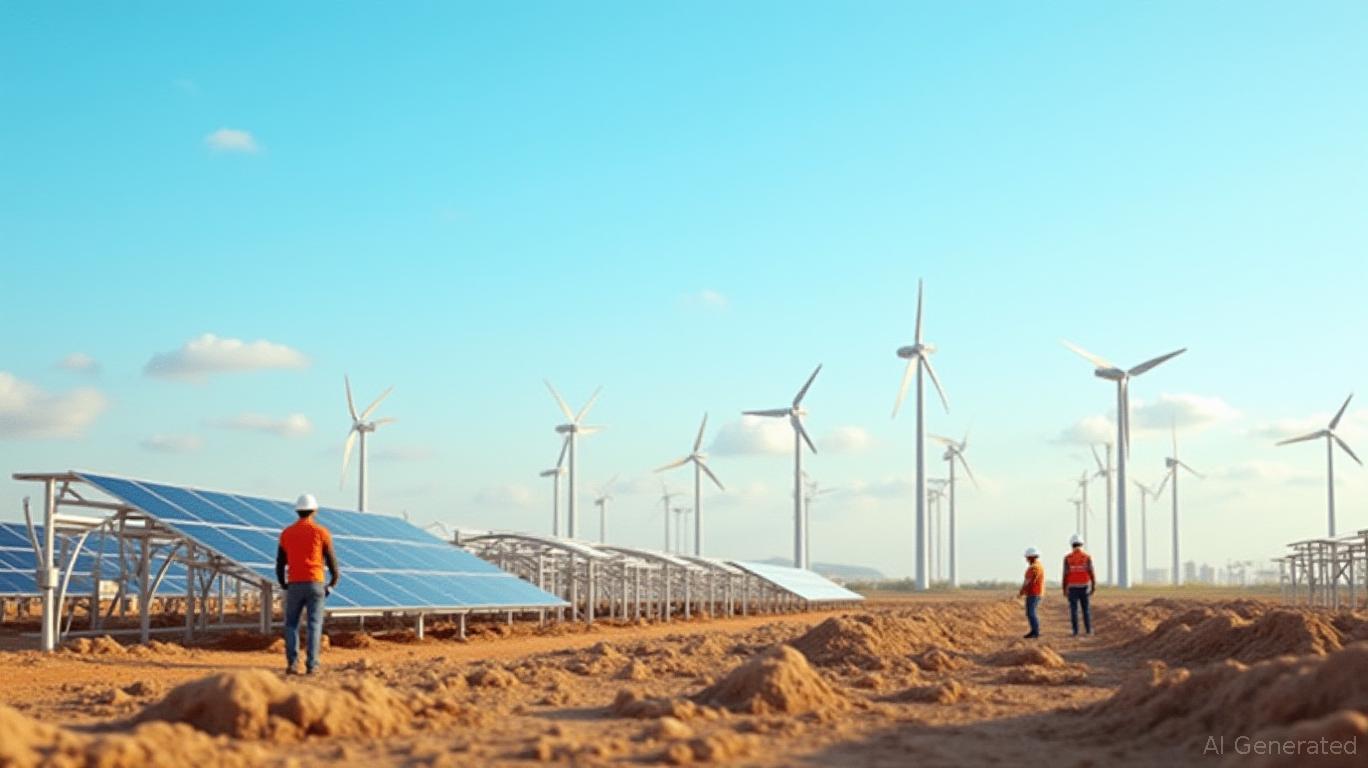Navigating Dividend Stability and Growth in Sustainable Healthcare: The Case of the Sustainable Innovation & Health Dividend Fund
The Sustainable Innovation & Health Dividend Fund (TSX: SIH.UN) has positioned itself at the intersection of income generation and environmental, social, and governance (ESG) investing with its recent announcement of a consistent monthly dividend of CAD 0.03333 per unit for the first quarter of 2025. This strategy, paired with a focus on healthcare innovation and sustainable technology, offers investors a unique opportunity to balance income needs with exposure to transformative sectors. However, as markets grapple with shifting interest rates and geopolitical uncertainties, the fund’s ability to sustain its distribution and outperform broader indices remains a critical consideration.
Dividend Structure and Liquidity Considerations
The fund’s monthly distribution model—with the March 2025 payout set at CAD 0.03333 per unit—provides a steady income stream for investors. The March distribution will be paid on April 15, 2025, to unitholders of record as of March 31, 2025. However, the ex-dividend date of March 13, 2025, marks the cutoff for eligibility, meaning shares purchased on or after this date will trade without the right to the dividend. This timing is critical for investors aiming to capture the distribution without the risk of a price dip post-ex-date, a common occurrence as the market adjusts for the payout’s value.
A key feature of the fund is its Distribution Reinvestment Plan (DRIP), which allows unitholders to automatically reinvest dividends into additional units without commissions. This mechanism, when paired with the fund’s focus on compounding growth through ESG-aligned sectors, could enhance long-term returns.
Investment Strategy: ESG and Healthcare Innovation
The fund’s mandate to invest in global innovative technology and healthcare companies aligns with a growing investor preference for sustainable and socially responsible investments. Managed by Middlefield, the fund emphasizes sectors such as biopharmaceuticals, diagnostics, and medical devices, with notable exposure to private market partnerships like Sagard Healthcare Royalty Partners. This firm specializes in acquiring royalties and financing for biotech firms, a niche area offering both growth potential and diversification benefits.
The fund’s ESG lens ensures alignment with companies demonstrating strong governance practices and measurable environmental and social impacts. This dual focus on innovation and sustainability aims to mitigate risks tied to regulatory shifts and societal trends, such as rising demand for clean energy and personalized healthcare solutions.

Performance: Short-Term Gains, Long-Term Challenges
The fund’s performance data underscores its strengths in short-term gains but reveals vulnerabilities over longer periods. As of April 23, 2025, the fund’s 12.42% year-to-date (YTD) return significantly outperformed the MSCI World Index’s 5.66%, reflecting strong momentum in healthcare and tech sectors. Over three years, the fund’s 33.10% return also surpassed the MSCI World’s 21.35%, suggesting its strategy works in growth environments.
However, the fund’s 20.51% five-year return lags behind the MSCI World’s 77.16% gain, highlighting challenges in navigating prolonged market cycles or sector-specific headwinds. Investors must weigh whether the fund’s niche focus can deliver consistent outperformance over time or if broader market trends may limit its potential.
Risk Factors and Market Dynamics
The fund’s dividend sustainability hinges on several variables. First, market conditions—particularly in healthcare and tech—could impact portfolio valuations and issuer dividend policies. Second, the fund’s reliance on private market investments, such as Sagard Healthcare, introduces liquidity risks and valuation uncertainties. Third, the Normal Course Issuer Bid (NCIB), which allows the fund to repurchase up to 10% of its public float, signals confidence in its NAV but could also reflect a need to offset dilution or stabilize pricing.
The fund’s forward-looking disclaimers emphasize that distributions are not guaranteed and depend on factors like portfolio performance and borrowing costs. Unitholders must monitor these dynamics closely, especially amid rising interest rates or a slowdown in healthcare innovation spending.
Conclusion: A Niche Opportunity with Balanced Risks
The Sustainable Innovation & Health Dividend Fund presents a compelling opportunity for investors seeking monthly income and exposure to transformative healthcare and ESG sectors. Its 12.42% YTD return and DRIP-enabled compounding make it attractive for income-focused portfolios, while its focus on private healthcare partnerships offers diversification benefits.
However, the fund’s longer-term underperformance relative to broader indices underscores the risks of sector concentration and market volatility. Investors must evaluate their time horizon: short-term gains may justify participation, but patience is required to see if the fund can narrow its gap over five-year horizons.
For those willing to embrace this niche strategy, the fund’s alignment with ESG principles and healthcare innovation positions it to capitalize on structural trends. Yet, diversification remains key—pairing the fund with broader equity exposure could mitigate its sector-specific risks. As markets evolve, the Sustainable Innovation & Health Dividend Fund’s ability to balance income, growth, and sustainability will be its ultimate test.


_442a2dcc1749832873286.jpeg)
_e68fac6d1749831664430.jpeg)





